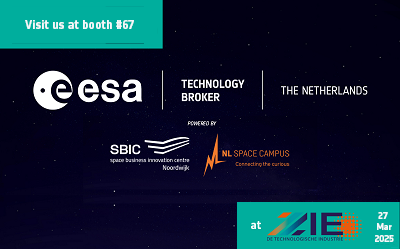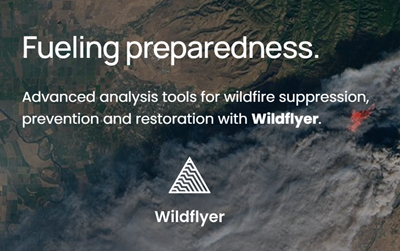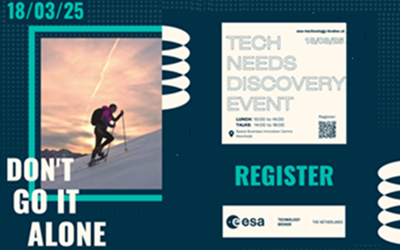Students and space enthusiasts can operate a ground station and download real-world imagery and data from weather satellites thanks to the educational services provided by Turtle Island Space. Led by founder Brian Treacy, the ed-tech startup is offering online educational experiences in STEM (science, technology, engineering and mathematics), with a specific emphasis on space. Since being selected to join the programme of ESA’s Dutch business incubator (ESA BIC Noordwijk), the company has got its ground station off the ground (literally) and is now ready to inspire students to get real-world experience with satellite data.
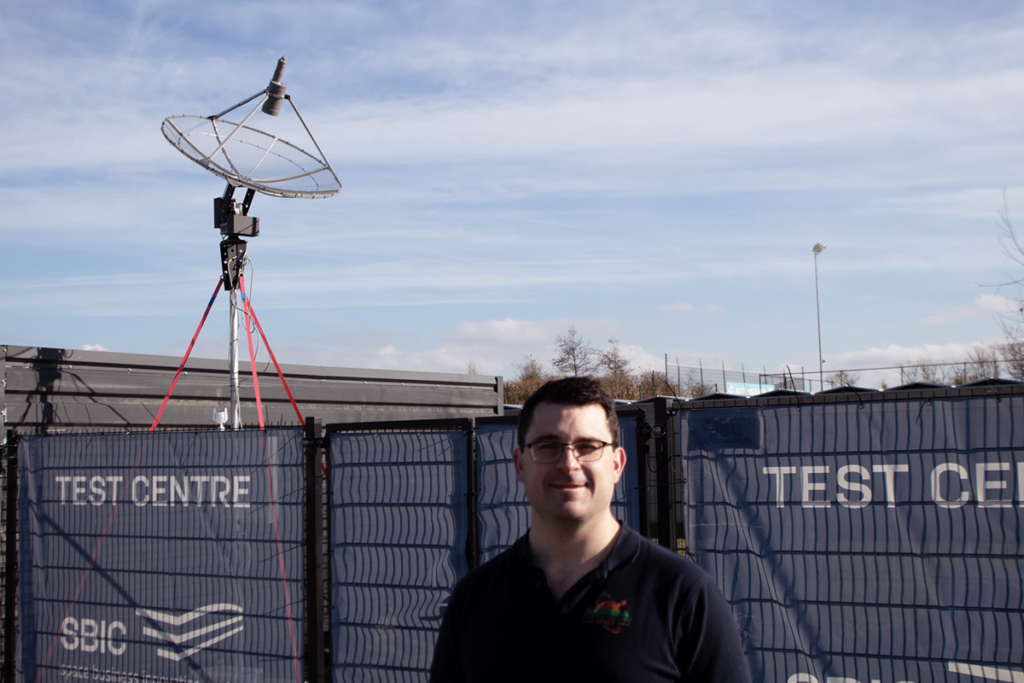
Creating a buzz about space and inspiring students by enabling them to get busy controlling a ground station and communicating with satellites is at the crux of the company that has been crafted at the hands of aerospace engineer Brian Treacy. Ground stations are essential for the operation and management of satellites and spacecraft, enabling real-time monitoring, control, and data exchange between Earth and space-based assets. The one located at SBIC Noordwijk specifically links to weather satellites.
By providing unique online experiences through educational services, Turtle Island Space’s founder is hoping to break down the barriers to students getting access to real-world space data. The startup began incubation at ESA BIC Noordwijk in September 2023. We caught up with Brian to find out more.
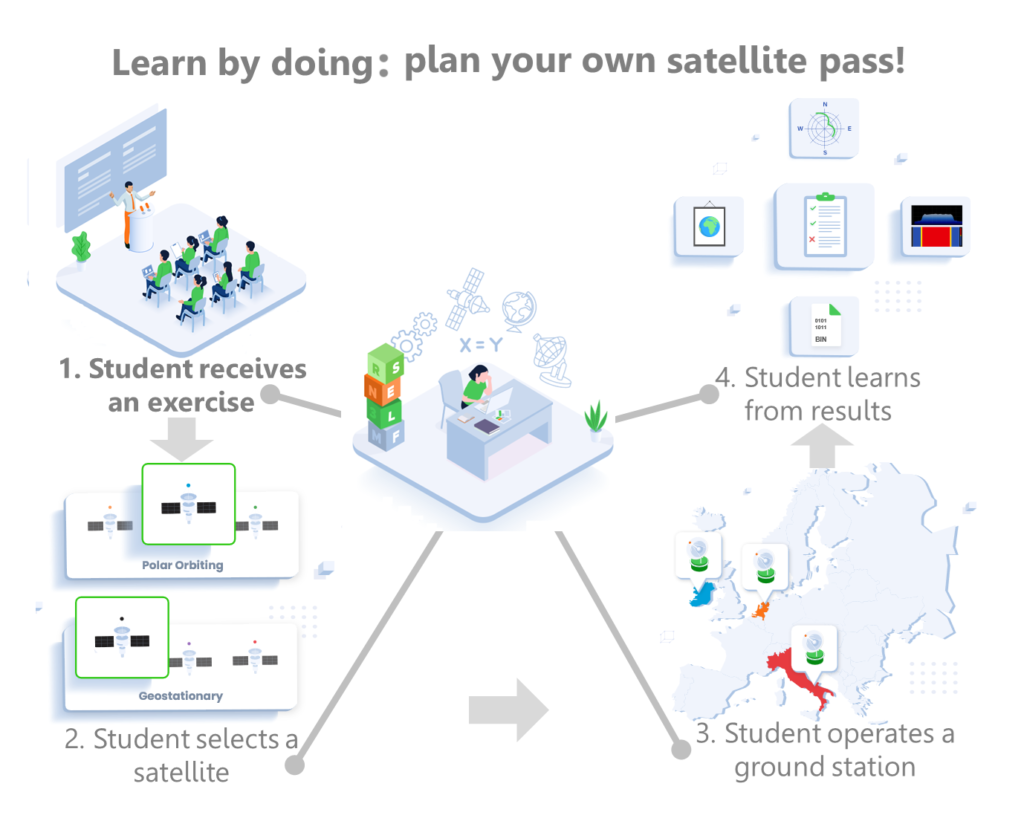
What is the focus of your startup?
The focus of Turtle Island Space is to provide real-world practical, space-focused experiences for students. We do this by offering online educational services. The core product line focuses on offering users the real-world experience of controlling a ground station, downlinking a weather satellite image, and demodulating and decoding the image. Various education packages are available giving students and space enthusiasts the chance to learn the fundamentals of satellite communications via practical experience.
How did your company Turtle Island Space come about?
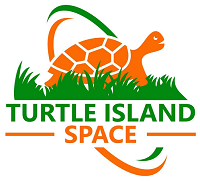
I have broad industry experience in engineering design, project management and technical sales having worked at both Rolls Royce Aero Engines and ISISpace. Turtle Island Space originated from my observations of the space industry when I identified a gap in practical experiences for students. In educational courses, so in university degrees for example, there’s a lot of hands-on, practical experience to build something – but that’s all very much ground-based and students don’t usually have chance to work with an actual satellite up in space.
Can we ask about the name?
When it came to starting my own business, which aligns with my interests in the space industry and education, I was inspired by a business (Turtle Island) that my mother ran in the 1990s, selling educational toys to children with learning disabilities. I liked the name and so just added “Space” to the end of it. I feel the name kind of stands out from the crowd with it. Let’s see how memorable people find it.
What steps did you take to get to ESA BIC?
I had been working in the Netherlands for ISISpace (Innovative Solutions in Space) and so was involved in the local Dutch space community, having attended various networking events – so I was aware of ESA BIC. I met one or two people who had participated in the programme and that was when I saw an opportunity. I thought now is a good time to try and start my own business. Once I had the idea for the startup, I got busy with defining the business requirements, doing market research, speaking to potential customers, attending ESA BIC events and then applying.
Can you explain further about the space connection?
At a broad level, the company aims to offer users space-focused educational activities that leverage existing space assets (satellites) and their Earth observation data. These will be real-time colour images of Earth, primarily from polar and geostationary satellites currently in orbit. The data from EUMETSAT (European Organisation for the Exploitation of Meteorological Satellites) and NOAA (National Oceanic and Atmospheric Administration) are provided as Direct Read-Out services broadcast real-time imagery, which can be received via a ground station. We provide engaging and informative educational activities that take advantage of this data.
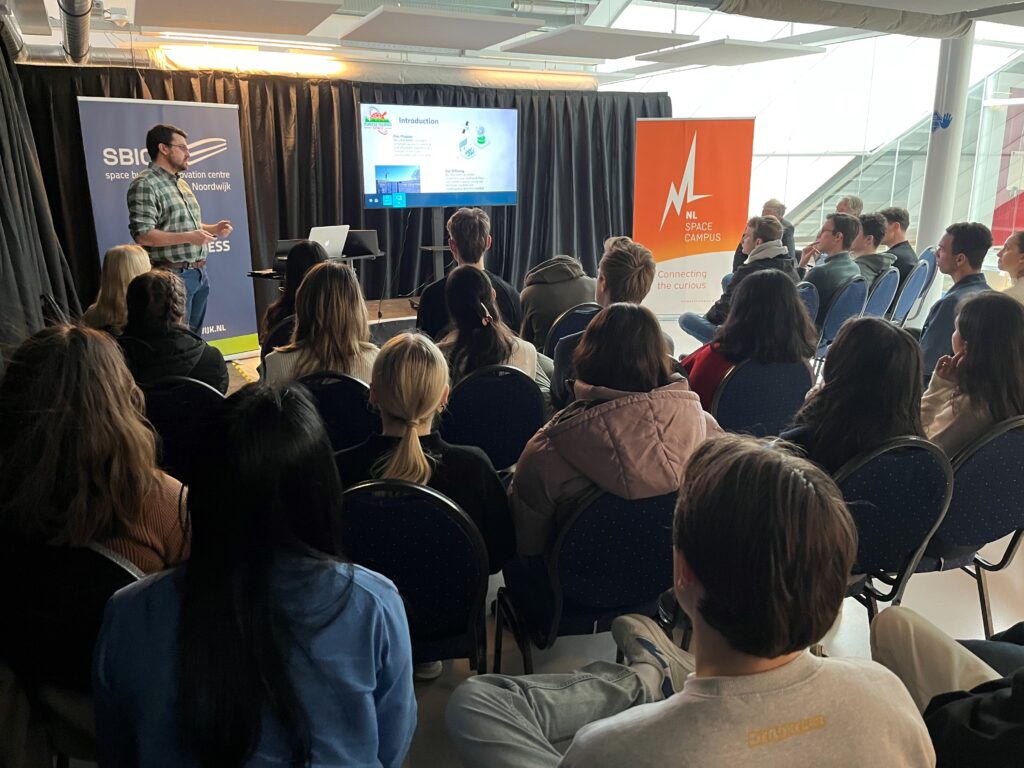
What problem is your solution addressing?
My solution seeks to bridge the technology gap between educational users and their learning goals by providing a user-friendly and cost-effective platform. To date, most real-world practical student experiences offered by educators focus on hardware design and development. These experiences, while beneficial to some students, come with long lead times and project lengths and are high cost. I aim to solve this problem by providing remote online experiences that mimic the real-world environment. The experience will differentiate itself from other hardware development-based experiences on the market by focusing on a single product line that prioritises user experience, technical support and delivery.
What will your first prototype look like?
The first prototype will be an online service allowing students to book time with a ground station. The backend software is already in place, so the main task is working on the interface. Via the platform, the students will be able to manoeuvre the ground station to optimise communication with the weather satellite, downlink imagery and engage in post-processing of data. During the assignment, they can then review the power, see how successful they were predicting at where the satellite would be and when, and then get to work with raw data from a satellite and try to convert that into a weather image.
We give students the chance to learn the fundamentals of satellite communications via practical experience
Brian Treacy
What will your focus be during incubation?
The main focus during incubation is to launch the main service, set up ground stations and establish a customer base. A major priority will be the dashboard development to produce a minimum viable product. The advantage of my platform will be that it saves educators’ time and focuses on continuously improved user experience through its technical support while ensuring a flexible product which can be varied to match the user’s skill level.
What parts of the programme have you been appreciating so far?
Possibly the most obvious thing is the incentive funding that we get. The fact that it has no strings attached (zero equity) is very appealing. That’s a huge boost to any business and it really makes things a lot easier. Aside from that, I like having the office space at SBIC Noordwijk and being able to set up the ground station in the test centre here. And I really like being part of the community within the Dutch space environment. There are a huge number of networking events and many opportunities to get involved and give presentations about the startup.
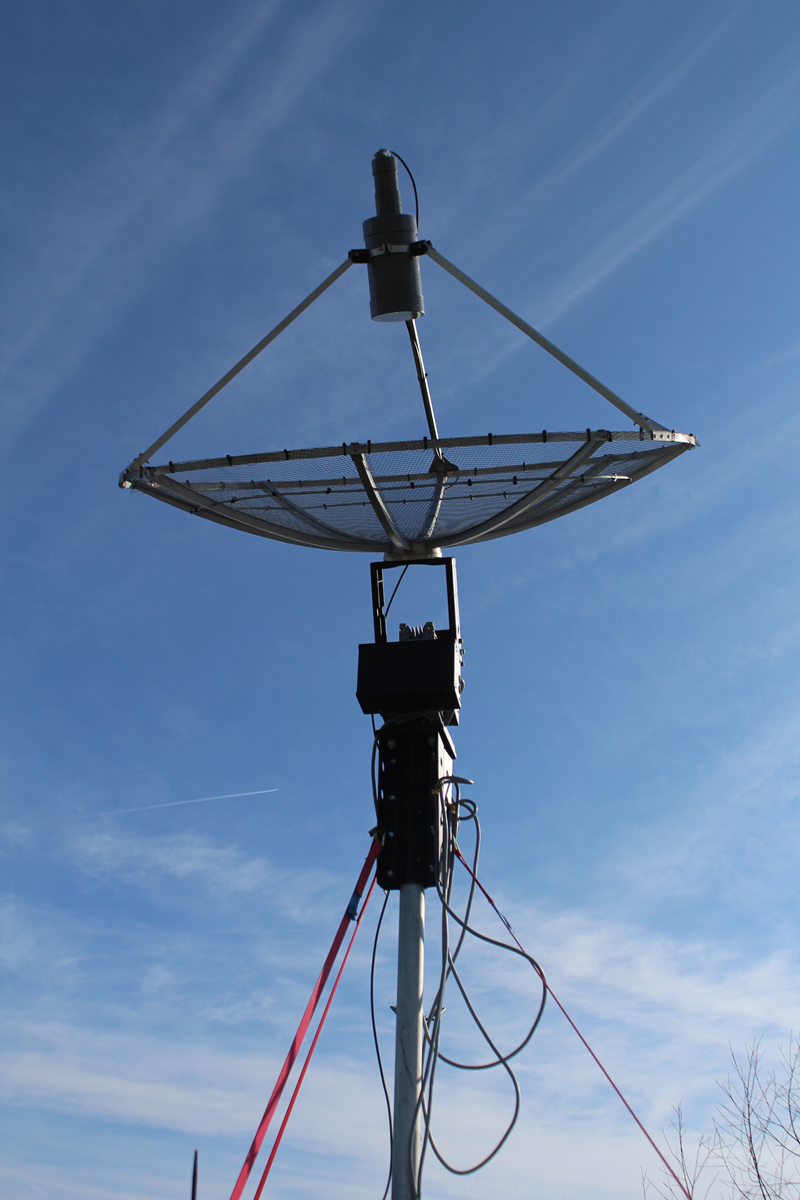
What are the benefits of being at ESA BIC?
The events that we get access to are hugely beneficial. I find them really useful because you are only given the chance to attend due to being part of ESA BIC. There are so many opportunities available – from working with students to getting exposure to potential clients. These events are well run, they’re regular and you going to meet other people who are potential customers very quickly. I also look forward to the masterclasses and the info sessions that are held regularly – these are always on interesting topics and the presenters are great, always generous with their time and their expertise.
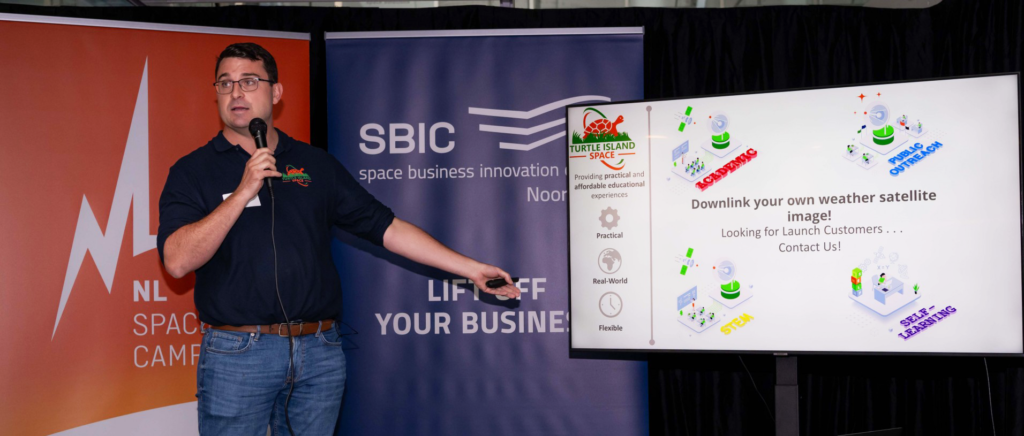
What are your future ambitions for the company?
The primary ambition is to establish the company as a viable, profitable venture. Future plans include expanding our services which could be offered to universities and students, with a key goal of collaborating with national agencies, like ESA, to provide practical experiences to students across Europe. By offering services that inspire students – the future engineers or climate scientists – to work in the space industry would be the ultimate goal.
What would you say to anyone considering applying to ESA BIC?
I’d emphasise the value of the programme and the need for self-initiative. I think one of the major things is to not underestimate the time required for the application. Start thinking about your business idea and then just get started with the process. It’s hard to find the time when you’re working and you’re busy with your life to put the application together but if you put in the groundwork, it’s well worth it in the end. I’d say if you want to do it, just make the time in your day and go for it.
ABOUT TURTLE ISLAND SPACE
Turtle Island Space was founded by aerospace engineer Brian Treacy to bring space to students and offer unique real-world experiences. The ed-tech startup provides online educational services by allowing students to access satellites, ground stations and data usage. In September 2023, the company was selected to join the 2-year programme of the Dutch business incubation centre of the European Space Agency, ESA BIC Noordwijk. Various education packages are available giving students and space enthusiasts the chance to learn the fundamentals of satellite communications via practical experience. turtleislandspace.com
Prepare your space business idea for lift-off!
Don’t miss out on the support that can lift off your space business. Before the ESA BIC 2024 spring deadline, you can join the info sessions (online webinars and in-person at SBIC) to find out more. Start preparing your application.
